The Insat 3DS, set to launch in February, is poised to be ISRO’s most advanced satellite yet. With its capabilities, weather forecasting will become even more convenient.
also read Viksit Bharat Budget: Unveiling the Realities of India’s Health Budget for 2024-25
Introduction: Insat 3DS
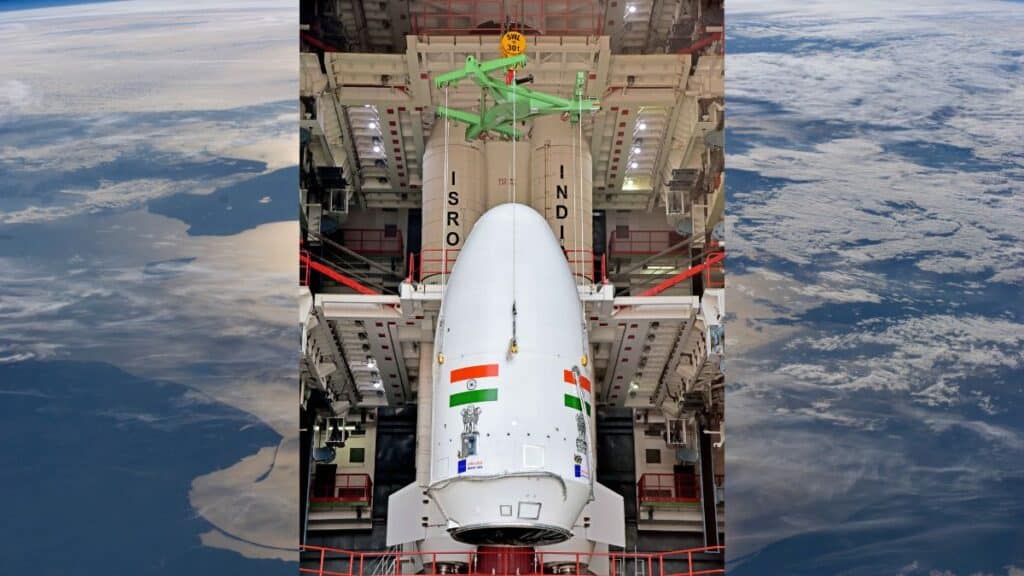
Scheduled for Saturday, February 17, 2024, the GSLV-F14/INSAT-3DS mission signifies a significant leap in India’s space exploration endeavors. From the Satish Dhawan Space Centre (SDSC-SHAR) in Sriharikota, the Indian Space Research Organisation (ISRO) is poised to launch the GSLV-F14, aiming to deploy the INSAT-3DS meteorological satellite into the Geosynchronous Transfer Orbit (GTO), marking its 16th mission milestone.
GSLV-F14 Overview:
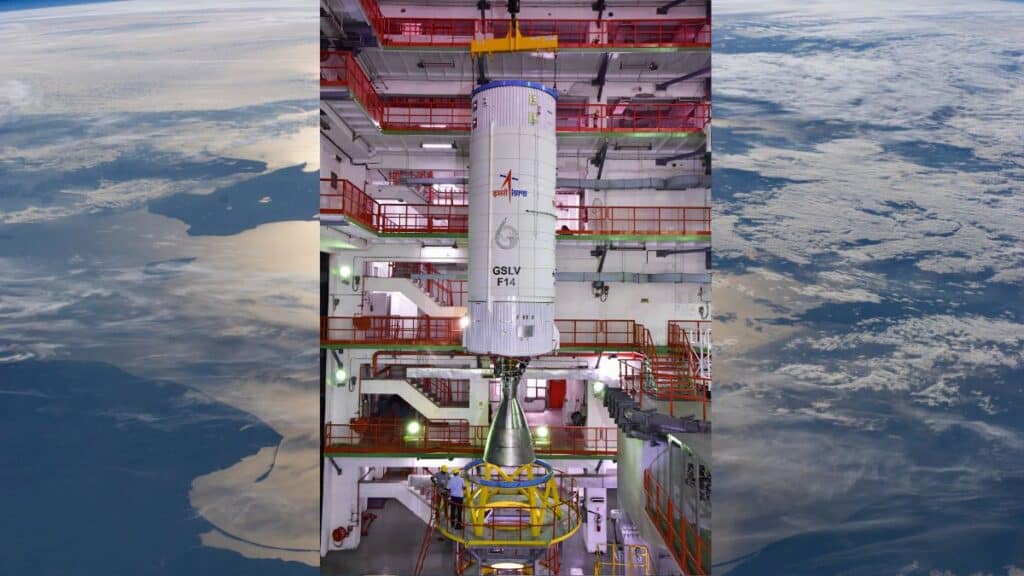
Standing tall at 51.7 meters and boasting a liftoff mass of 420 tonnes, the GSLV-F14 is a formidable three-stage launch vehicle. Its components include the first stage (GS1) with a solid propellant (S139) motor and four earth-storable propellant stages (L40) strapons, followed by the second stage (GS2) and the cryogenic third stage (GS3). Encased within an Ogive payload fairing during atmospheric ascent, the GSLV-F14 is a versatile platform capable of deploying a range of spacecraft for diverse missions.
INSAT-3DS Satellite
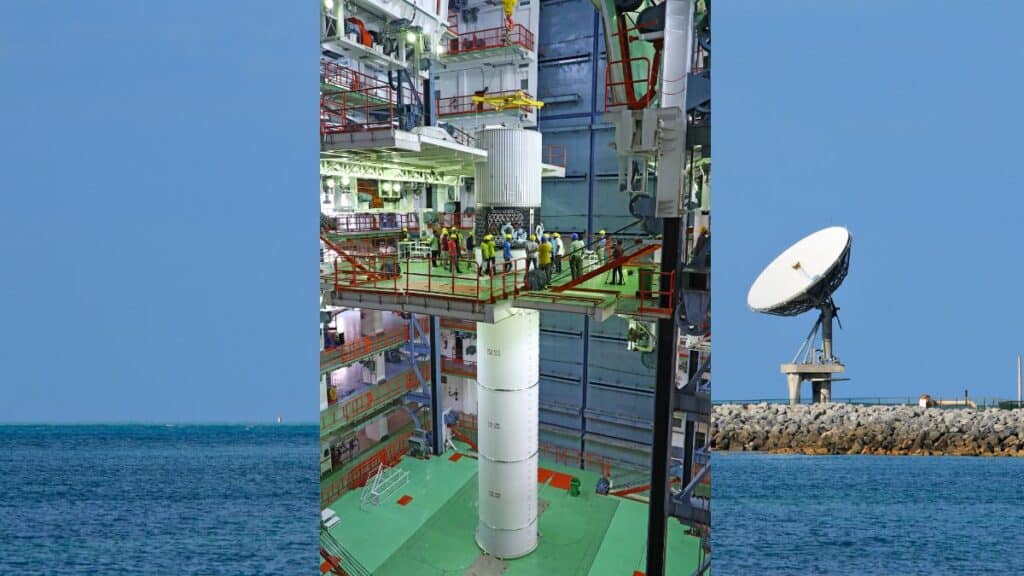
INSAT-3DS represents a significant advancement in meteorological satellite technology. As a successor to the Third Generation Meteorological Satellite, it is fully funded by the Ministry of Earth Sciences (MoES). Designed to enhance meteorological observations, monitor land and ocean surfaces, and strengthen weather forecasting and disaster warning capabilities, INSAT-3DS will complement existing satellites like INSAT-3D and INSAT-3DR. Notably, Indian industries have played a pivotal role in its development.
Objectives of the Mission
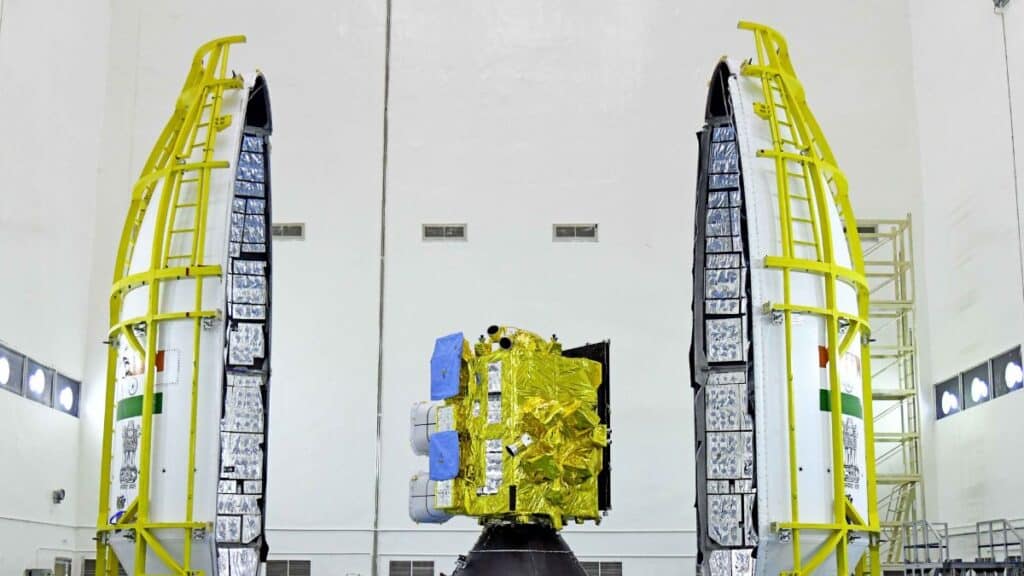
The GSLV-F14/INSAT-3DS mission has several primary objectives:
- Earth Observation: Monitor Earth’s surface and environment, including oceanic observations, utilizing various spectral channels.
- Meteorological Parameter Profiling: Provide vertical profiles of essential meteorological parameters within the atmosphere.
- Data Collection and Dissemination: Facilitate the collection and dissemination of data from Data Collection Platforms (DCPs) for enhanced meteorological services.
- Search and Rescue Services: Offer Satellite Aided Search and Rescue services to augment safety measures and response capabilities.
Utilization of INSAT-3DS Data

Key stakeholders such as the India Meteorology Department (IMD), National Centre for Medium-Range Weather Forecasting (NCMRWF), Indian Institute of Tropical Meteorology (IITM), National Institute of Ocean Technology (NIOT), Indian National Center for Ocean Information Services (INCOIS), and other agencies will leverage INSAT-3DS data to improve weather forecasts and meteorological services.
Silent Features
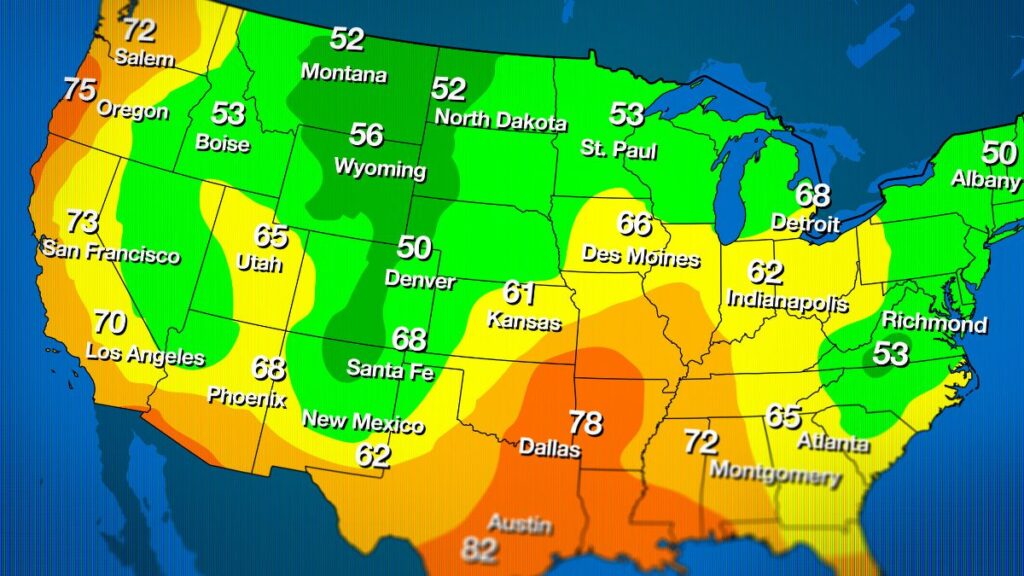
The INSAT-3DS satellite, boasting a comprehensive suite of advanced features, is poised to revolutionize meteorological services, data relay, and satellite-aided search and rescue operations. Equipped with a sophisticated payload including a 6-channel Imager and a 19-channel Sounder, it offers unparalleled capabilities for Earth observation and atmospheric monitoring. Additionally, its Data Relay Transponder (DRT) and Satellite Aided Search & Rescue transponder (SAS&R) enhance communication and emergency response capabilities.
Q & A: Insat 3DS
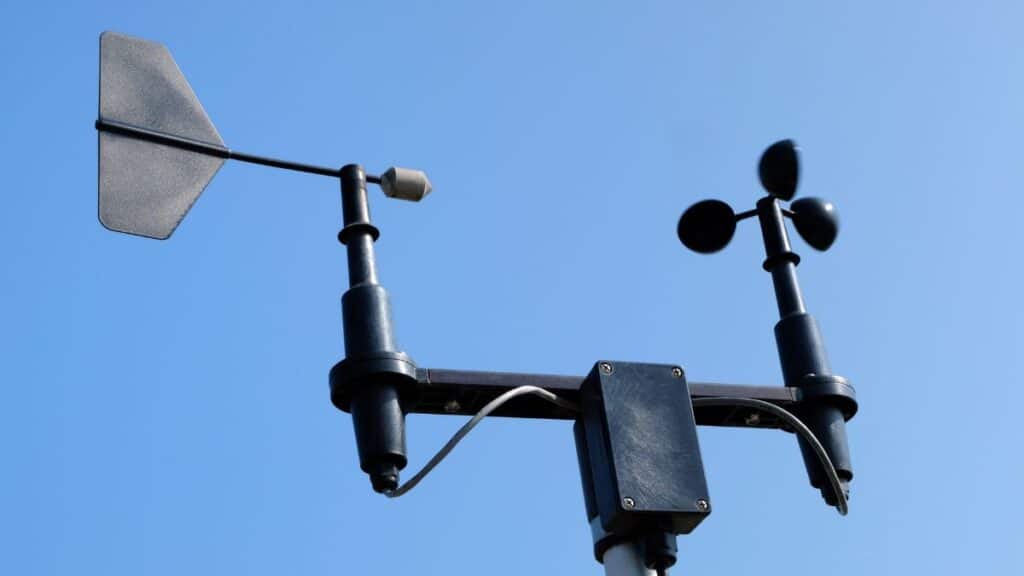
1. What are the primary missions of the INSAT-3DS satellite?
- The INSAT-3DS satellite primarily aims to enhance meteorological services, facilitate data relay, and support satellite-aided search and rescue operations.
2. What are the key payloads onboard the INSAT-3DS satellite?
- The satellite is equipped with a 6-channel Imager, a 19-channel Sounder, a Data Relay Transponder (DRT), and a Satellite Aided Search & Rescue transponder (SAS&R), enabling comprehensive Earth observation and communication capabilities.
3. How does the INSAT-3DS ensure optimal performance in varying thermal conditions?
- The satellite features a robust thermal control system comprising both passive and active elements. Additionally, it utilizes a bi-annual yaw flip mechanism to reduce thermal loads on passive coolers, ensuring sustained operational efficiency.
Conclusion: Insat 3DS

As India prepares for the GSLV-F14/INSAT-3DS launch, anticipation grows for the transformative impact this advanced satellite will have on meteorological science and disaster management. This mission underscores India’s technological prowess in space exploration and its commitment to leveraging space technology for societal benefit.
also read GSLV-F14/INSAT-3DS MISSION





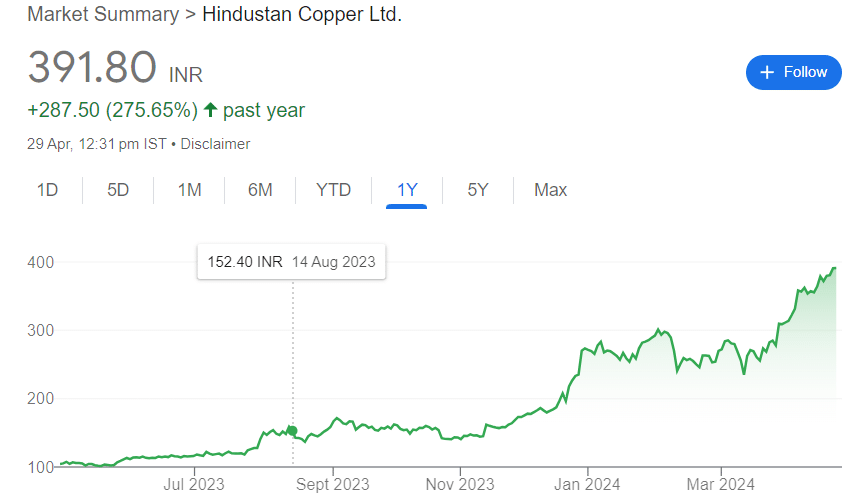

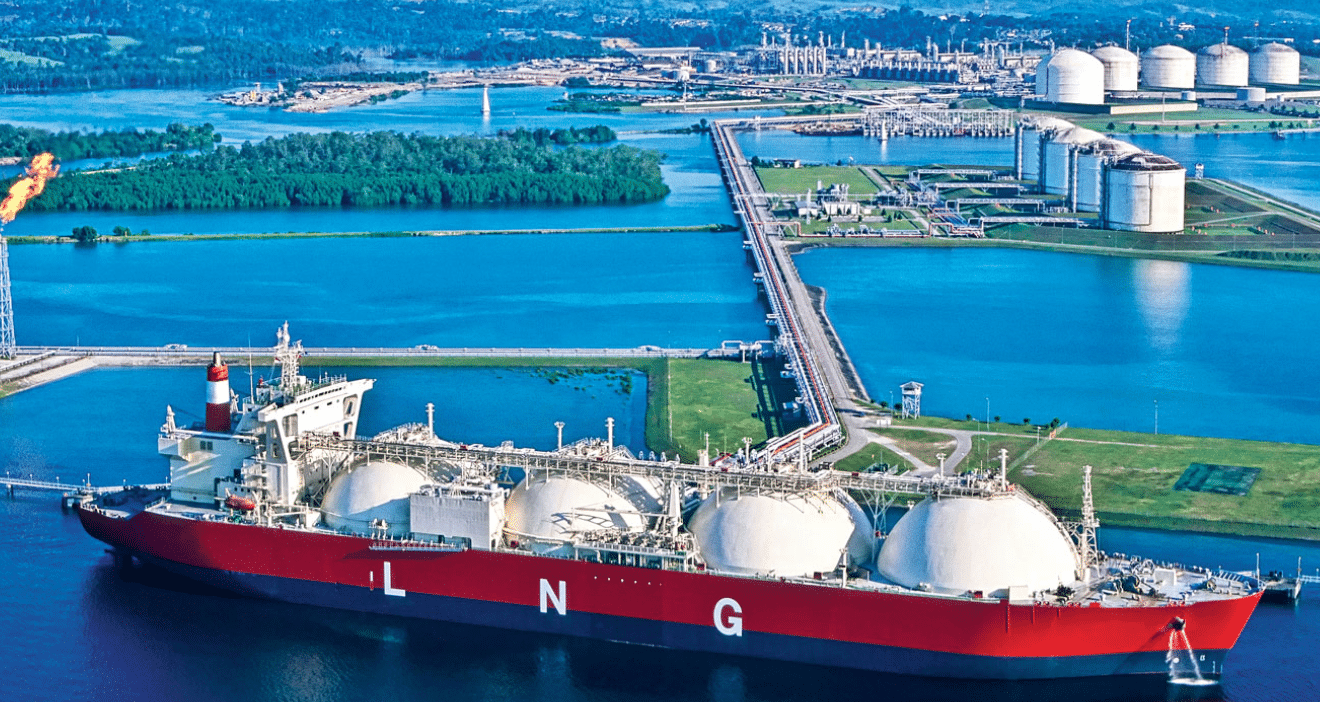



1 thought on “Insat 3DS: Weather Forecasting Will Become even more convenient”
Comments are closed.